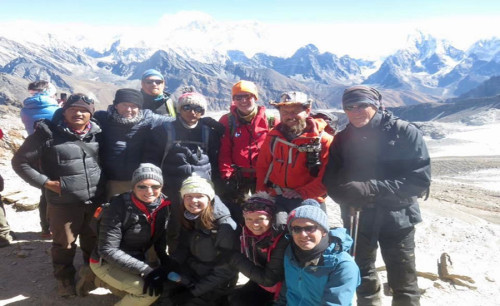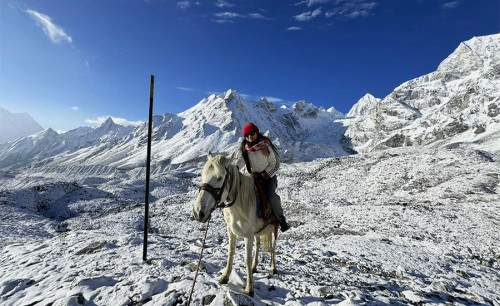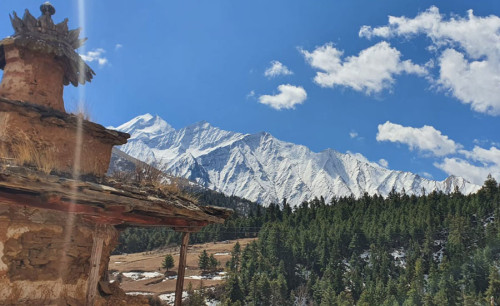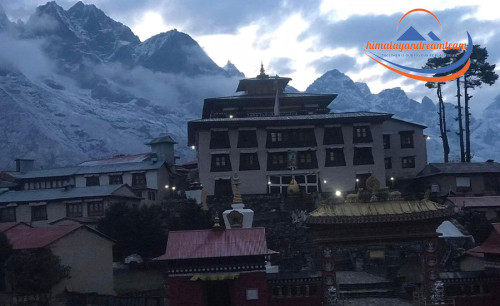Drone Regulation in Nepal: Navigating the Skies with Safety and Compliance
Published On : 21st May, 2024 By Himalayan Dream Team

Drones, also known as Unmanned Aerial Vehicles (UAVs), have revolutionized various industries worldwide, including in Nepal. From capturing stunning aerial footage of the Himalayas to aiding in disaster management, drones have proven to be invaluable. However, the rise in drone usage necessitates stringent regulations to ensure safety, privacy, and national security. In this blog, we explore the intricacies of drone regulation in Nepal, backed by reports, data, and the legal consequences of non-compliance.
The Rise of Drone Usage in Nepal
Nepal’s diverse topography and scenic landscapes make it a prime location for drone usage. Photographers, filmmakers, surveyors, and researchers frequently use drones for their ability to capture high-resolution images and data from hard-to-reach areas. According to a 2022 report by the Civil Aviation Authority of Nepal (CAAN), drone registrations increased by 35% from the previous year, highlighting their growing popularity.
Regulatory Framework for Drones
The CAAN is the primary body responsible for regulating drone activities in Nepal. The regulatory framework is designed to balance innovation with safety, ensuring that drone operations do not pose risks to people, property, or national security. The primary regulations include mandatory registration, operational restrictions, and specific licensing requirements for commercial use.
Drone Registration Process
All drones, regardless of their size and intended use, must be registered with the CAAN. The registration process involves providing detailed information about the drone, including its make, model, serial number, and the intended purpose of use. As of 2023, over 5,000 drones have been registered in Nepal, reflecting the proactive approach of operators in complying with regulations.
Operational Restrictions and No-Fly Zones
To ensure public safety, the CAAN has designated specific no-fly zones across the country. These include areas near airports, military bases, and government buildings. Drones are also prohibited from flying over crowded areas, such as markets and public events, without special permission. Violation of these restrictions can result in hefty fines and confiscation of the drone.
Licensing and Permissions for Commercial Use
Commercial drone operations require a special license from the CAAN. Applicants must undergo training and pass a competency exam to ensure they can operate drones safely and responsibly. Additionally, commercial operators must obtain flight permits for each operation, detailing the flight path, duration, and purpose. This rigorous process aims to mitigate risks associated with commercial drone activities.
Data Privacy and Security Concerns
With the rise in drone usage, concerns about data privacy and security have also emerged. Drones equipped with cameras and sensors can inadvertently capture sensitive information, leading to potential breaches of privacy. To address this, the CAAN has implemented strict guidelines on data collection and storage, requiring operators to ensure that any data captured is used ethically and responsibly.
Case Studies: Enforcement and Compliance
Several case studies highlight the enforcement of drone regulations in Nepal. In 2021, a foreign tourist was fined and had his drone confiscated for flying over a restricted area near Kathmandu’s Tribhuvan International Airport. Similarly, a local filmmaker faced penalties for operating a drone without the necessary permits. These instances underscore the CAAN’s commitment to enforcing regulations and maintaining public safety.
The Role of Technology in Enhancing Regulation
Technological advancements play a crucial role in enhancing drone regulation. The CAAN has invested in sophisticated tracking and monitoring systems to oversee drone activities across the country. These systems enable real-time tracking of drones, ensuring that operators adhere to designated flight paths and restrictions. Additionally, the use of geofencing technology helps prevent drones from entering no-fly zones.
Challenges and Future Directions
Despite the robust regulatory framework, challenges remain. These include ensuring compliance among hobbyist drone users, addressing evolving privacy concerns, and adapting to rapid technological advancements. The CAAN continues to review and update its regulations to keep pace with these challenges, aiming to foster a safe and innovative drone ecosystem in Nepal.
Legal Consequences and Punishments
Non-compliance with drone regulations in Nepal can lead to severe consequences. Operators found violating the rules may face fines ranging from NPR 50,000 to NPR 500,000, depending on the severity of the violation. In extreme cases, such as endangering public safety or national security, offenders may also face imprisonment. These stringent penalties serve as a deterrent, encouraging responsible drone usage.
| Year | Registered Drones | Violations Reported | Fine Issued(NPR) | Confiscated Drones |
| 2020 | 2000 | 150 | 750000 | 10 |
| 2021 | 3200 | 200 | 1000000 | 15 |
| 2022 | 4500 | 250 | 1250000 | 20 |
| 2023 | 5000 | 300 | 1500000 | 25 |
Conclusion
Drone regulation in Nepal is a critical aspect of ensuring that the benefits of drone technology are harnessed safely and responsibly. Through comprehensive regulations, stringent enforcement, and continuous adaptation to technological advancements, the CAAN aims to create a balanced environment where innovation can thrive without compromising safety and security. As drone technology continues to evolve, so too will the regulatory landscape, ensuring that Nepal remains at the forefront of safe and responsible drone usage.
Recent From Blog

10th Apr, 2024

30th Apr, 2024

16th Apr, 2024

23rd Apr, 2024

23rd Apr, 2024

25th Apr, 2024

26th Apr, 2024

26th Apr, 2024

27th Apr, 2024

27th Apr, 2024

29th Apr, 2024

29th Apr, 2024

29th Apr, 2024

2nd May, 2024

2nd May, 2024

6th May, 2024

6th May, 2024

12th May, 2024

12th May, 2024

12th May, 2024

13th May, 2024

12th May, 2024

13th May, 2024

13th May, 2024

12th May, 2024

13th May, 2024

12th May, 2024

12th May, 2024

12th May, 2024

12th May, 2024

12th May, 2024

12th May, 2024

12th May, 2024

13th May, 2024

13th May, 2024

14th May, 2024

14th May, 2024

14th May, 2024

14th May, 2024

15th May, 2024

14th May, 2024

14th May, 2024

16th May, 2024

19th May, 2024

19th May, 2024

20th May, 2024

24th May, 2024

28th May, 2024

28th May, 2024

29th May, 2024

29th May, 2024
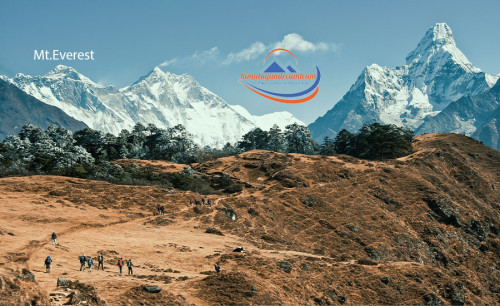
29th May, 2024

29th May, 2024

29th May, 2024



